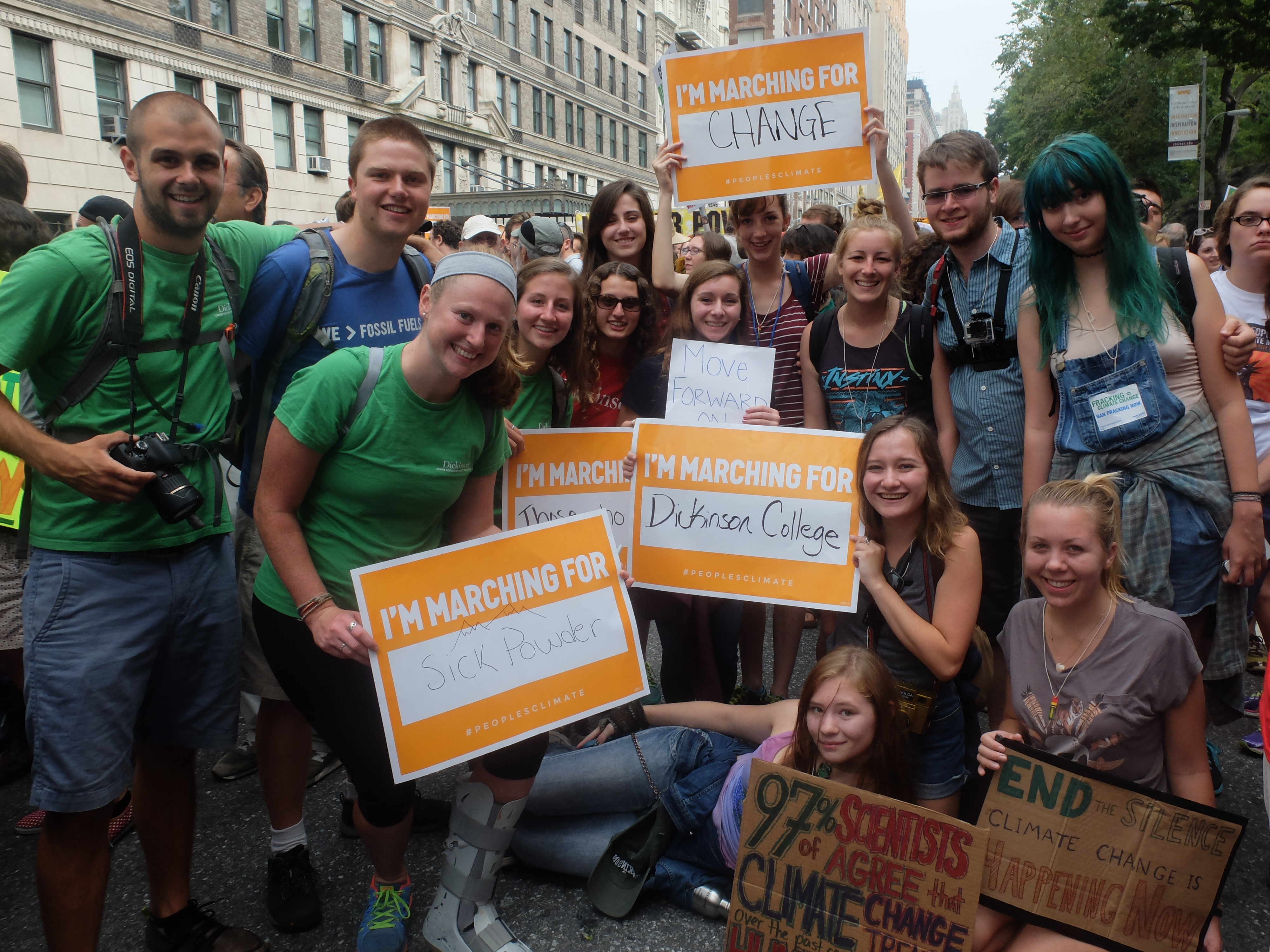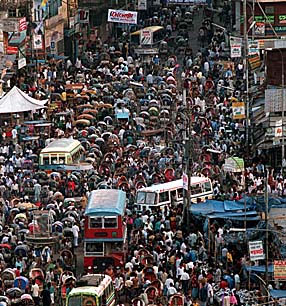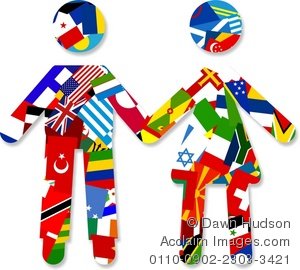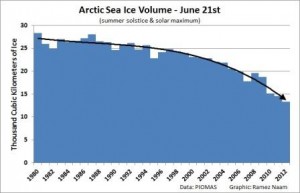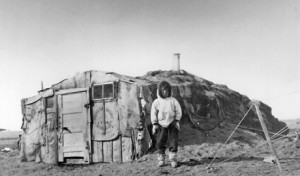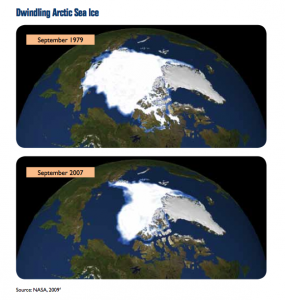UN Climate Summit- Catalyzing Action video
Up to 400,000 people joined my classmates in New York on Sunday and millions more from around the world marched as well for action to address climate change. This global march addressing global climate change kicked-off “Climate Week- NYC” based around the Tuesday September 23rd UN Climate Summit, called by Secretary-General Ban Ki Moon.
Ban Ki Moon called this summit on September 2, 2014, calling on a variety of leaders to come together to take more definitive actions against climate change. The UN Climate Summit is separate from the UNFCCC and thus separate from COP politics. Ban Ki Moon quoted his frustration with climate action lacking ambition thus far pushing his goal for this summit  bring more ambitious climate work to life.
bring more ambitious climate work to life.
Specifically there are two goals of the Climate Summit. One, “to mobilize political will for a meaningful universal agreement at the climate negotiations in Paris in 2015” and two, “to catalyze ambitious action on the ground to reduce greenhouse gas emissions and strengthen resilience to the changes that are already happening”. (Ban Ki Moon 2012).
Although the UNFCCC is separate from the Climate Summit, there are many parallels in the frustration with (lack of) progress thus far and the need for wider-reaching agreements, both in participants and commitments. Ban Ki Moon specifically invited not only governmental world leaders but also business, finance, and societal world leaders. By doing this, he aims to encourage multi-lateral, multi-player actions as many theorists (such as Bulkeley and Newell) claim. Furthermore, the Secretary General called on attendees to bring with them “make bold announcements” (Ban Ki Moon 2012) regarding new commitments to combatting climate change.
Addressing recent requests by developing countries to include other action policies besides emission mitigation, the summit will address the political possibility for a stronger 2015 agreement, emissions reductions, and adaption to climate change.
The bottom line, Ban Ki Moon sees his Climate Summit as a way to kick-off more ambitious, accelerating negotiations and actions against climate change. It will be interesting to see if world leaders arrive tomorrow with this idea in mind, or if it will be as sticky as COPs have gotten in the past.
Throughout the summit, you can follow the conference via the web here.







